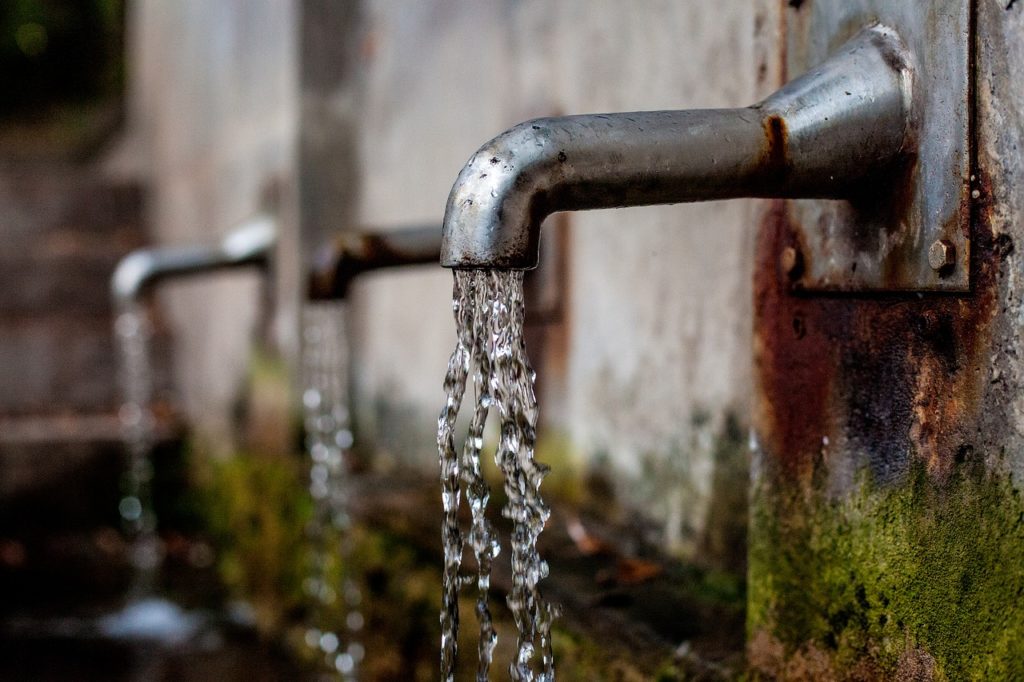Like many countries in the Middle East North Africa (MENA) region, Qatar is facing a serious water scarcity problem. This crisis is the result of many contributing factors. Among these are the nation’s meager sources of fresh water (mostly rainfall and groundwater) and its high level of water consumption.
Read on to learn more about the various water-supply challenges facing Qatar, as well as some possible solutions.
Challenge – Population Growth
One obvious reason for the recent dramatic increase in water use in Qatar is population growth. In 2006, Qatar had a population of fewer than 1 million people. This number surpassed 2 million by 2013. Today, Qatar’s population is nearly 2.5 million.
Challenge – High Per-Capita Consumption
 While population growth is certainly a contributing factor, it isn’t the only reason for the excessively high water consumption in this desert country. On a global scale, Qatar still has one of the highest per-capita water consumption rates when compared to other countries. Some studies report that households in Qatar use as much as 430 liters of water daily on average. In addition, a recent study revealed that water usage in the country increased by 70 percent between 2006 and 2013.
While population growth is certainly a contributing factor, it isn’t the only reason for the excessively high water consumption in this desert country. On a global scale, Qatar still has one of the highest per-capita water consumption rates when compared to other countries. Some studies report that households in Qatar use as much as 430 liters of water daily on average. In addition, a recent study revealed that water usage in the country increased by 70 percent between 2006 and 2013.
Moreover, the government subsidizes water and electricity for Qatari nationals. This essentially makes these resources free, which could perhaps contribute to wasteful use.
Challenge – Overmining of Aquifers
Desalinated water accounts for half of Qatar’s water needs, and recycled wastewater meets an additional 14 percent. Groundwater, which the country uses mostly for agricultural irrigation, makes up 36 percent of the country’s water supply.
A study released by the Qatari government calculated the maximum amount of groundwater that the country could use sustainably each year to be 47.5 million cubic liters. In 2013, farms pulled 250 million cubic liters of water from the country’s underground aquifers—far more than the sustainable limit.
Unfortunately, many of the country’s underground aquifers have been overused, and some people are pulling water from wells faster than they can refill, thus leading to a substantial water-supply deficit. While there is some experimentation with artificially supplementing these underground wells with desalinated water, this is still a problematic trend. When aquifers are being overdrawn, seawater is more likely to enter into the fresh the underground space, thereby making the water non-potable. Water with a high saline content can also be highly damaging to crops.
Potential Solution – New Agricultural Strategies
 One solution that could potentially help Qatar manage its water consumption is a change in farming techniques. At present, the most common irrigation strategy in Qatar is flood irrigation, also known as “surface irrigation.”
One solution that could potentially help Qatar manage its water consumption is a change in farming techniques. At present, the most common irrigation strategy in Qatar is flood irrigation, also known as “surface irrigation.”
Using this ancient agricultural method, farmers use a pipe or a ditch to deliver water that spreads across the crops. One drawback to this technique is that sometimes less than half of the water actually reaches the plants—the rest just soaks into the ground, evaporates, or runs off to non-cultivated areas.
A better method would be to use drip irrigation, which is a more targeted, and thus more efficient, watering technique. Additionally, farmers could reduce water use by selecting and planting heartier, drought-resistant crops.
Potential Solution – Aquifer Management
If Qatar keeps withdrawing groundwater at its present rate, its aquifers will run dry in 30 years. One way to avoid this situation is through legislation about aquifer management. However, one of the country’s largest wells is shared with Saudi Arabia, so establishing these sorts of regulations would require international cooperation.
While there are some established national bans on excessive water use, they are often difficult to enforce. One way to convince residents to conserve more would be to offer them greater incentives.
Potential Solution – The Ocean
Qatar has implemented a plan for multiple desalination plants across the country, including a solar plant that is slated to meet 80 percent of the country’s water demand.
Currently, a number of plants supply most of Qatar’s desalinated water. Four are located just south of Doha, in Ras Abu Fontas, and the other three are located in the city of Ras Laffan. All seven plants operate using thermal desalination technology. The country’s first reverse osmosis plant is currently under construction in Ras Abu Fontas. Expanding the national use of desalinated water is a somewhat controversial topic, as this strategy presents environmental risks.
Potential Solution – High Volume Water Storage
Perhaps one of the most promising and ambitious solutions for the water crisis in Qatar is a mega reservoir project announced in 2012 by KAHRAMAA, a Qatari utility company.
Currently, the country only has enough water storage to last an estimated two days for its current population. The new reservoirs proposed in the first stage of this project will provide enough water to sustain the country’s predicted 2026 population for seven days.
The project is expected to cost more than $4.5 billion. This includes the construction of five mega reservoir sites, each with four or five reservoirs, outside of the capital city of Doha. Twenty-four reservoirs will be spread across the sites in the first phase of construction.
When finished, the reservoirs will set a world record for largest concrete reservoirs. Each will have a capacity of 100 million gallons—enough space to contain the Roman Coliseum. The project will also include the development of multiple pumping stations and more than 400 miles of pipeline.
There is also a second phase of construction planned, which will develop additional reservoirs on the existing sites for a total of nine reservoirs at each site. This additional storage is intended to accommodate the growing population until 2036.

